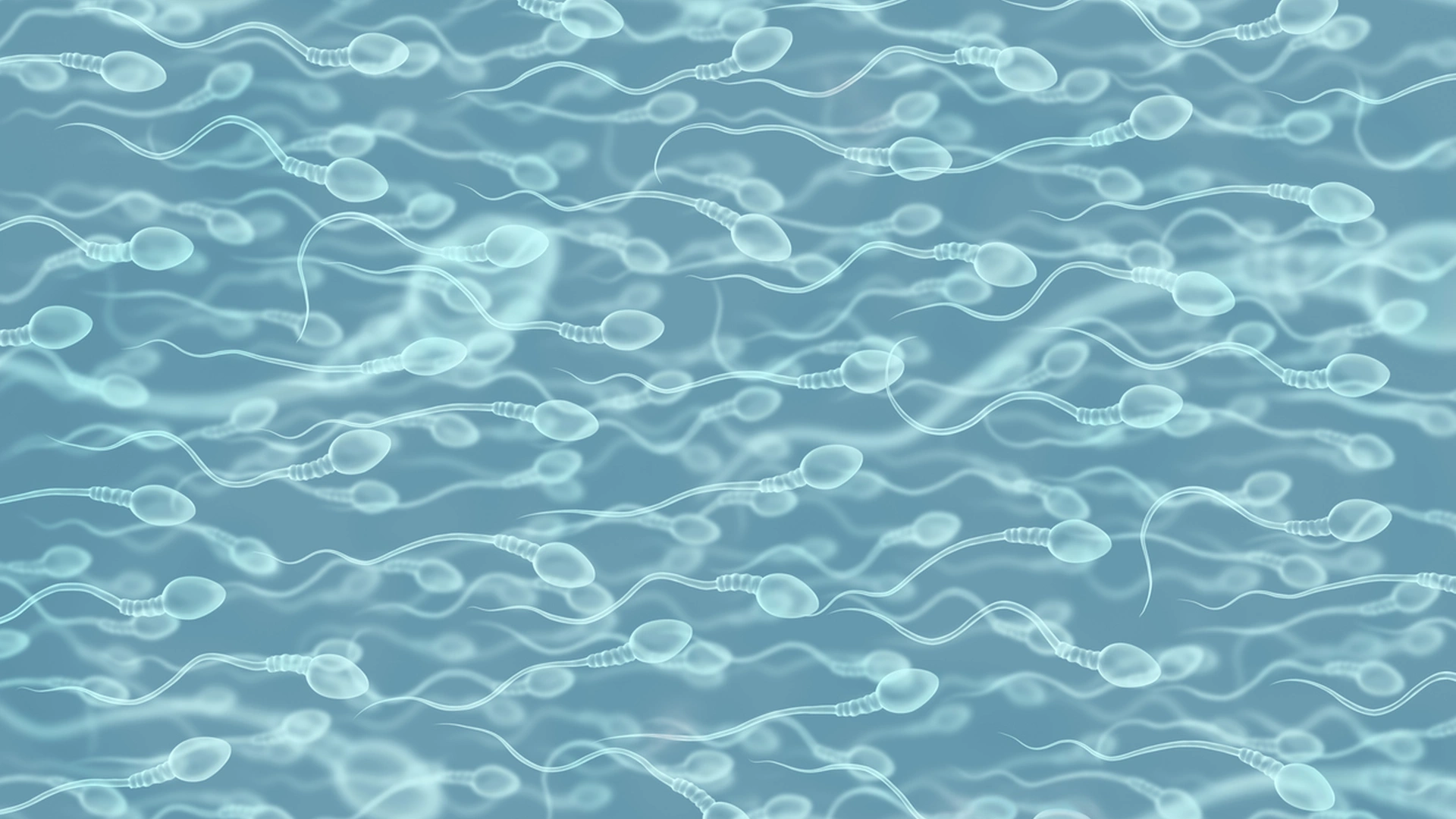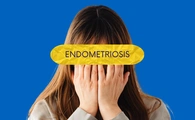

As part of the evaluation of the male partner, a basic semen analysis is usually performed to determine semen quality. This study assesses both macroscopic parameters (viscosity, volume, pH and color of the sample) and microscopic parameters (concentration, motility, morphology and vitality).
What Is Teratozoospermia?
Among the microscopic parameters is sperm morphology. When this parameter is altered, we speak of teratozoospermia.
Teratozoospermia is a condition in which a man’s semen contains an abnormally high proportion of sperm with abnormal or defective shapes.
Causes of Teratozoospermia
This condition can be caused by various factors, including genetic abnormalities, infections, exposure to toxic substances, hormonal problems and unhealthy lifestyles:
- Genetic abnormalities are one of the main causes of teratozoospermia. They may be inherited or acquired and can affect the shape and function of sperm.
- Infections, especially sexually transmitted infections (STIs), can also affect semen quality and lead to abnormalities in sperm shape.
- Exposure to toxic substances such as lead, mercury and pesticides can also impair semen quality and cause teratozoospermia.
- Hormonal problems, such as hypogonadism, can reduce sperm production and increase the proportion of abnormally shaped sperm.
- Unhealthy lifestyles — including excessive alcohol consumption, smoking, lack of exercise and an unbalanced diet — can also increase the risk of teratozoospermia.
How Is Teratozoospermia Diagnosed?
Sperm morphology is assessed by staining the gametes (with hematoxylin–eosin or Papanicolaou stain) and then observing them under a light microscope.
It is recommended to count 200 sperm cells twice to obtain an average of normal sperm. The absence of sperm in semen is known as azoospermia.
According to the 5th edition of the World Health Organization (WHO) manual (2010), a man is diagnosed with teratozoospermia when less than 4% of the sperm in the ejaculate have normal forms.
What Does Normal Sperm Morphology Look Like?
Morphological abnormalities can occur in the head, midpiece or tail of the sperm. A sperm cell is considered normal when the head is oval, it has only one long, uncoiled tail (flagellum), and the midpiece is thicker than the tail.
- The head is about 5–8 micrometers long. It is covered by the acrosome and contains the nucleus, which holds the 23 chromosomes to be delivered to the egg.
- The midpiece measures about 6–12 micrometers and contains mitochondria, which generate the energy needed for the movement of the flagellum, allowing the sperm to swim.
- The tail of the sperm is about 50 micrometers long. It is a long structure whose function is to enable sperm motility through a whip-like or undulating movement.
Treatments to Achieve Pregnancy
Teratozoospermia is one of the possible causes of a couple’s infertility, since most abnormal sperm are unable to reach and fertilize the egg.
The most effective solution for teratozoospermia is the ICSI technique (intracytoplasmic sperm injection), which consists of the following process:
- An embryologist selects the best sperm subjectively.
- The sperm is immobilized.
- It is introduced into the mature oocyte using a micropipette under an inverted microscope.
References:
- WHO (2010): Examination and Processing of Human Semen.
- Fertility and Sterility (2010): The relationship between isolated teratozoospermia and clinical pregnancy after in vitro fertilization with or without intracytoplasmic sperm injection: a systematic review and meta-analysis.
Book a free consultationDo you have any questions or need more information?
At Fertility Madrid, we specialise in treatments such as egg donation, in vitro fertilisation and artificial insemination, among others.
Please do not hesitate to contact our professionals at our fertility clinic and they will answer all your questions without obligation.

Mar Belmonte
Directora de Laboratorio




